The Golden 1960s: A Backdrop of Change
Close your eyes and picture the 1960s. The rumble of classic cars, the sharp lines of miniskirts, rock and roll echoing from jukeboxes, and a rebellious energy pulsing through every corner of society. It was a decade that wasn’t just about style—it was about freedom, experimentation, and breaking away from the stiff traditions of the past. Against this backdrop, a captivating woman named Mickey Jines rose to prominence. With her confident poses on glossy magazine covers and unforgettable roles in cult films, she became more than just a beauty—she became an emblem of liberation and feminine power.
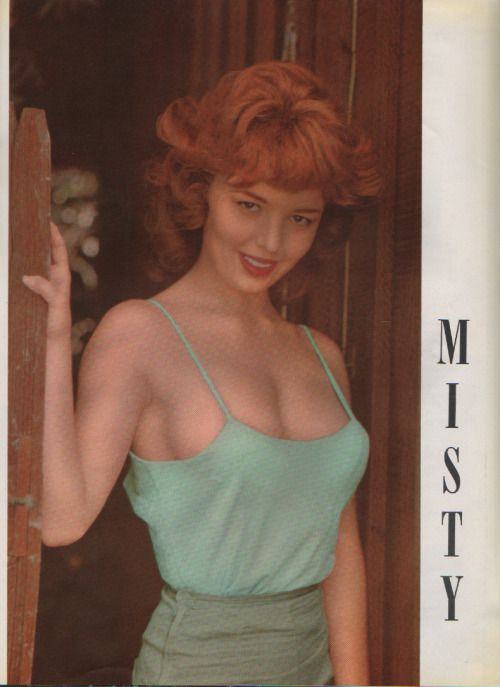
Mickey Jines didn’t stay long under the spotlight, but like a shooting star, she left a trail that still glows decades later. Her story is both glamorous and mysterious, a tale of how one woman’s boldness captured the essence of an entire era.
Early Life: A Mystery That Fuels Her Allure
Unlike many Hollywood starlets whose biographies are endlessly dissected, Mickey Jines remains an enigma. Born in the United States, likely in the 1940s, she entered adulthood right as society was shifting gears. The 1960s were fertile ground for rebellion—civil rights marches, second-wave feminism, psychedelic music, and cinema that dared to push boundaries. Mickey’s decision to join the entertainment industry reflects not only ambition but also fearlessness.
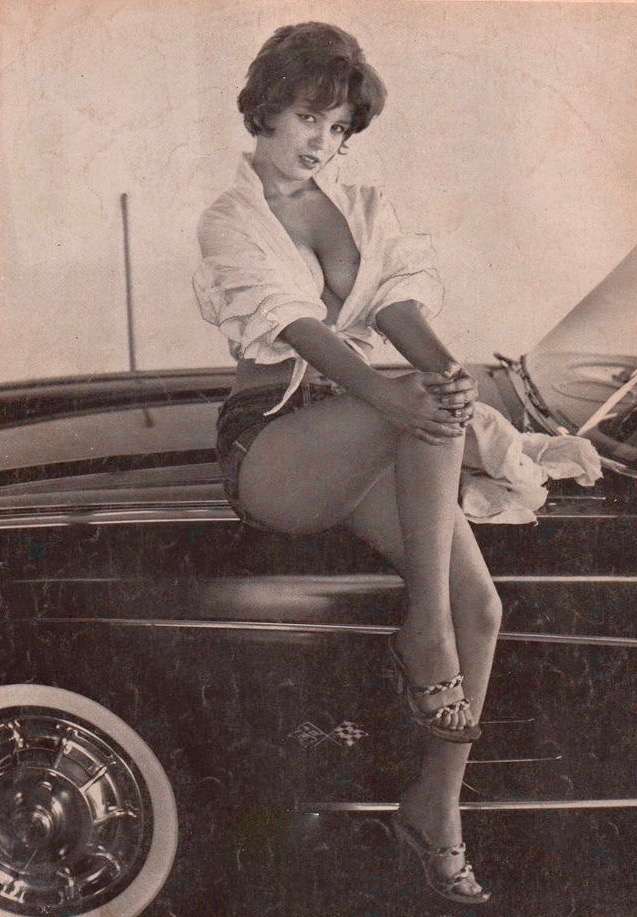
Although little is known about her childhood, that veil of secrecy only enhances her appeal. Think of her like a vintage film reel with missing scenes—you may never know the whole picture, but the fragments are captivating enough to keep audiences intrigued. Mickey Jines was not simply acting; she was living proof of a woman daring to step outside the mold.
Video : Graveyard Screaming 🎥 Orgy of the Dead (1965)
Breaking Into Cinema: Bold Choices in a Bold Era
Mickey Jines’ career hit its peak in 1969—a year synonymous with revolution. Woodstock was redefining music, the counterculture was in full bloom, and Hollywood was exploring new levels of artistic and sensual freedom. Into this cultural storm, Mickey burst with a trio of daring films: Precious Jewels, Down and Dirty, and The Secret Sex Lives of Romeo and Juliet.
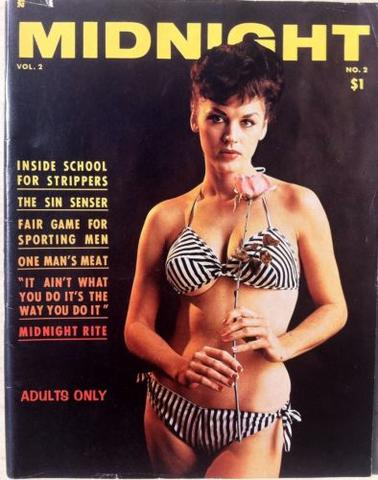
These films belonged to the “nudie-cutie” genre, a playful and rebellious style of cinema that blended comedy, cheeky sensuality, and a wink at traditional taboos. Mickey brought charisma to every role she touched. She wasn’t afraid of being daring, but she also carried a sense of humor, which made her stand apart. In Precious Jewels, she embodied flirtatious charm; in Down and Dirty, she proved she could dominate the screen without needing heavy dialogue; and in The Secret Sex Lives of Romeo and Juliet, she added a sultry twist to a story everyone thought they knew.
Isn’t it fascinating how some actors need years of work to create an impact, while Mickey managed to craft a legacy with just a handful of projects?
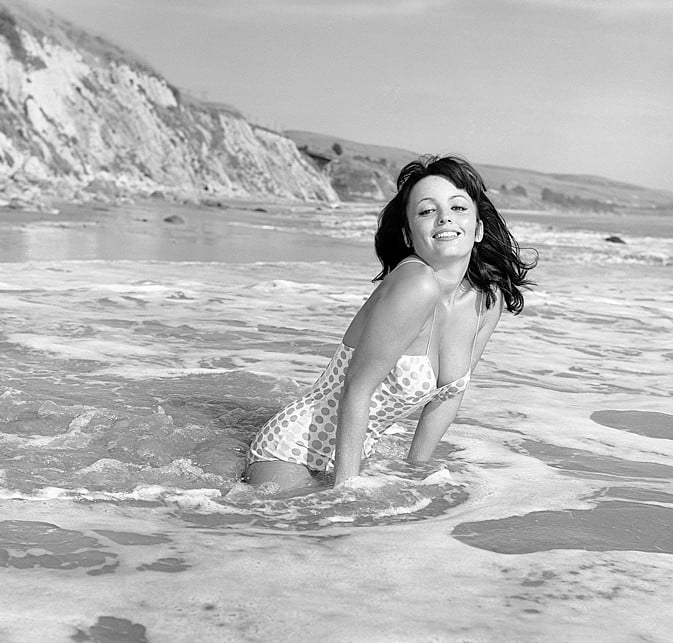
Orgy of the Dead: Dancing Into Cult Legend
If one film could cement Mickey Jines’ place in cinematic history, it was Orgy of the Dead (1965). Penned by legendary outsider filmmaker Ed Wood and directed by Stephen C. Apostolof, this campy blend of horror, fantasy, and burlesque has since become a cult classic.
Mickey played the role of a Hawaiian ghost dancer—appearing in a surreal graveyard scene where her hypnotic movements mesmerized audiences. The film was outrageous, filled with bizarre costumes, eerie dialogue, and psychedelic energy. Yet within that chaos, Mickey’s performance stood out. She wasn’t just dancing—she was commanding the camera, pulling viewers into a dreamlike sequence that’s still talked about today in cult cinema circles.
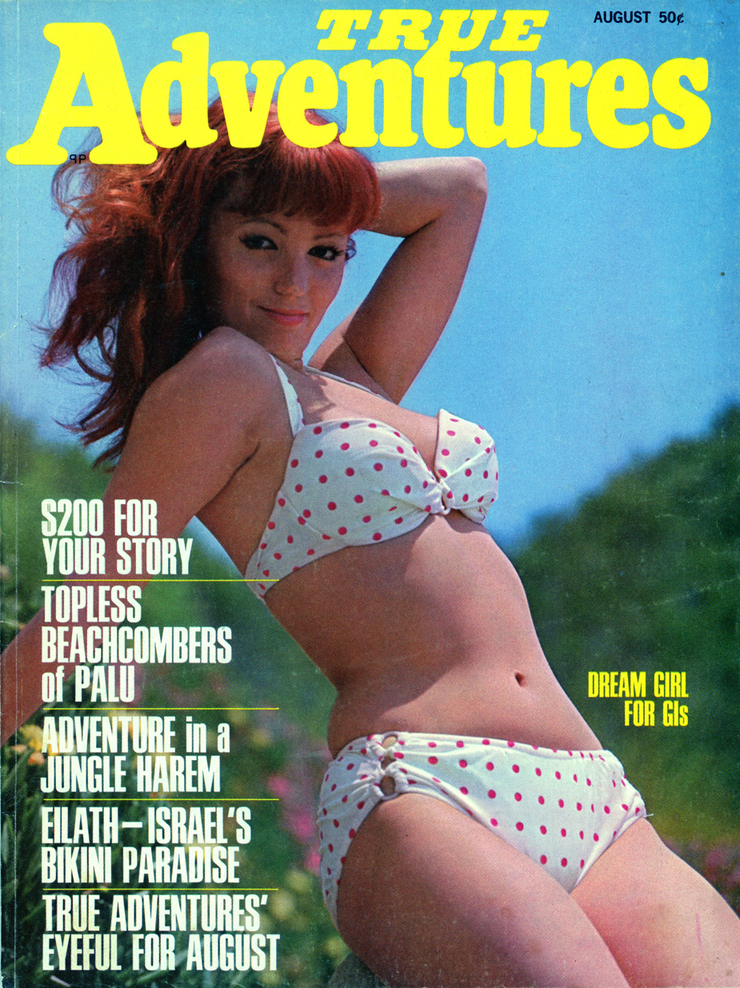
Imagine it: a foggy graveyard, otherworldly music, and Mickey Jines moving with such grace that even decades later, fans still recall her scenes as the highlight of the film. That’s the kind of cinematic magic that refuses to fade.
Magazine Fame: A Symbol of Sensual Liberation
While her films gave her cult status, Mickey Jines also dominated the world of print media. Perched on the hood of sleek classic cars, wrapped in daring outfits, and radiating confidence, she graced magazine covers that defined the decade’s liberated spirit. These weren’t just glamour shots; they were cultural statements.
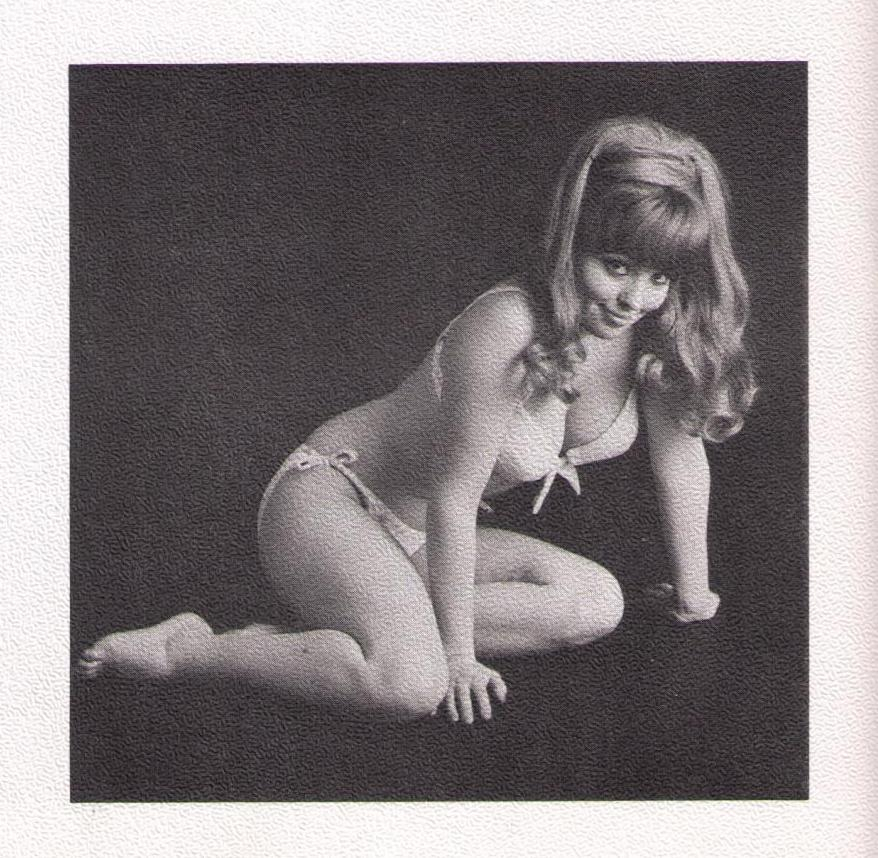
At a time when women were often expected to fit neatly into narrow roles, Mickey embodied freedom. Her poses challenged conventions, suggesting that femininity could be powerful, sensual, and unapologetically bold. Each photograph was more than art—it was a revolution in print. Collectors today still prize her covers, and for good reason: they captured the fearless confidence of a woman who refused to be boxed in.
Video : A fitting climax: Queen of darkness has her pleasure 🎥 Orgy of the Dead (1965)
Life Beyond the Spotlight: Choosing Privacy Over Fame
Unlike many of her contemporaries who chased stardom until the end, Mickey Jines made a surprising move—she walked away. After her whirlwind year in 1969, she gradually faded from Hollywood’s gaze. Some reports suggest she married Jeff Jines, but beyond that, her life became a mystery.
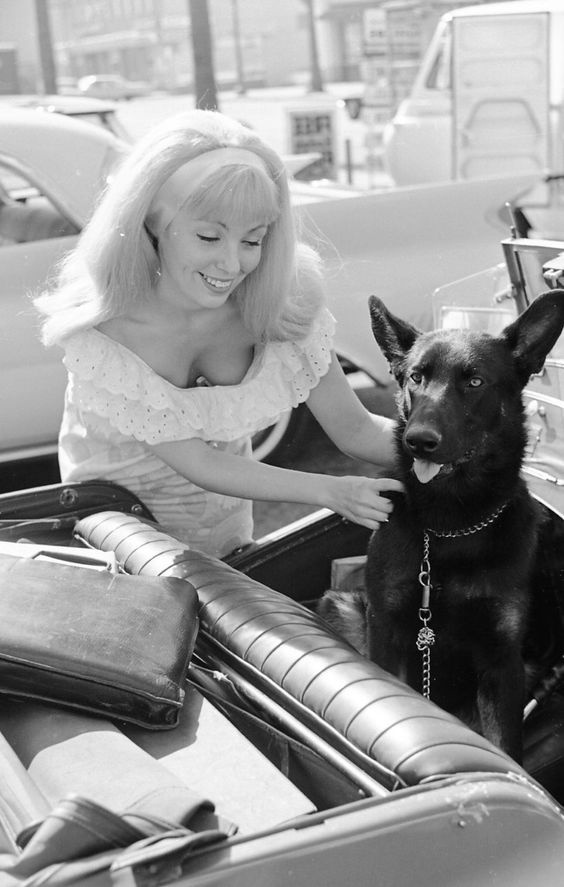
Why would someone so magnetic step away from fame? Perhaps that was part of her strength—knowing when to bow out and let the legend speak louder than constant exposure. Instead of diluting her impact with endless roles, she left her fans with just enough to remain unforgettable. Isn’t that the essence of timeless icons? They leave you wanting more.
Legacy: A Glow That Refuses to Fade
Today, Mickey Jines is remembered not just as a starlet but as a cultural symbol. Her films, especially Orgy of the Dead, still screen at cult cinema festivals, while her magazine covers remain sought-after collector’s items. Vintage film enthusiasts, online forums, and classic cinema buffs all celebrate her as a trailblazer who embodied the 1960s spirit of rebellion.
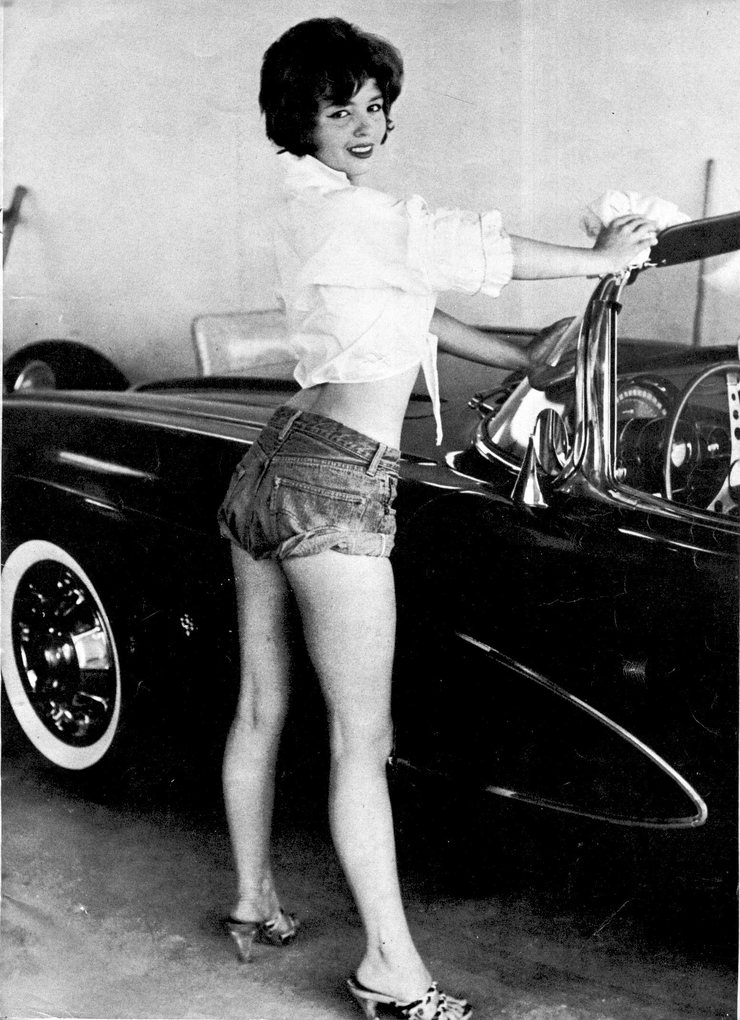
Her story proves a profound truth: impact isn’t always about quantity. Sometimes a few daring choices are enough to change how people view art, beauty, and liberation. Mickey Jines reminds us that true icons don’t just participate in culture—they help redefine it.
Conclusion: Mickey Jines’ Timeless Spark
Mickey Jines may not have had a long career, but she didn’t need one to make history. From her daring roles in films like Precious Jewels and The Secret Sex Lives of Romeo and Juliet to her unforgettable ghostly dance in Orgy of the Dead, she embodied courage, confidence, and sensual liberation. Her magazine covers captured the rebellious heartbeat of the 1960s, while her choice to step away from fame only deepened her mystique.
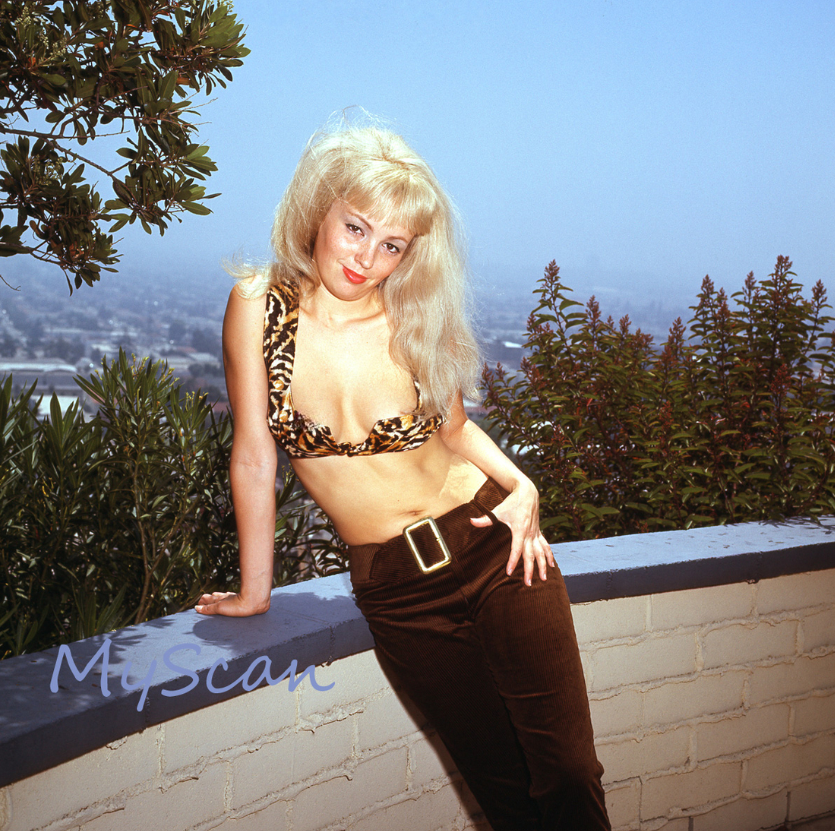
Even today, Mickey Jines’ glow hasn’t faded. She remains an icon of rebellion and allure, a woman who embraced her era’s cultural revolution and turned it into art. Like a classic car that never loses its shine, Mickey Jines is proof that true beauty and boldness never go out of style.